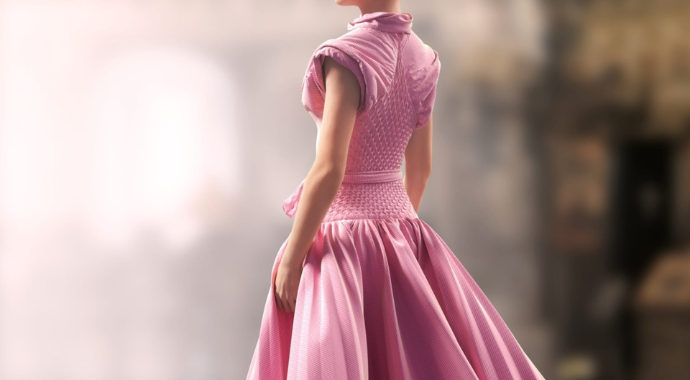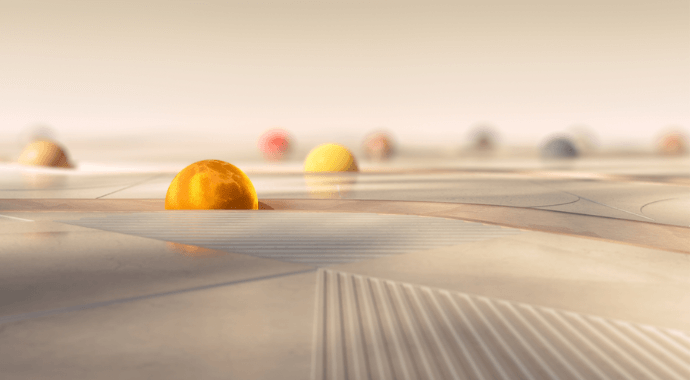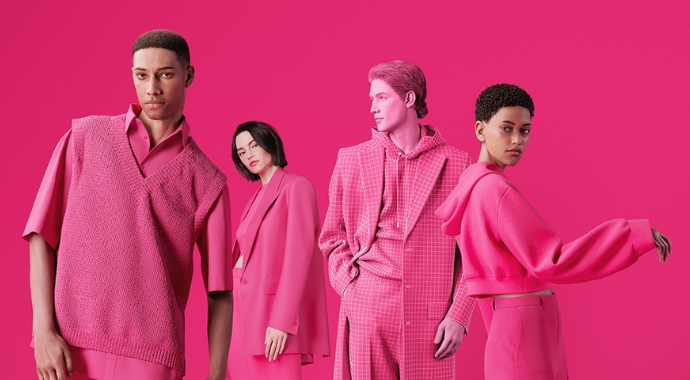Learn how 3D rendering is transforming product design, boosting marketing efforts, and offering businesses cost-effective solutions to stay ahead of the curve.
What is product rendering?
Product renders are realistic digital images that represent a product in virtual environments. These renderings are commonly used in industrial and product design, advertising, marketing, and e-commerce to show what a product will look like before it is physically produced or to promote it once it is on the market.
Product rendering and its impact on the product design process
Product rendering plays an essential role in all stages of product design and development by allowing designers to visualize concepts, validate designs, present ideas to customers and stakeholders, promote products, and reduce development costs and times.
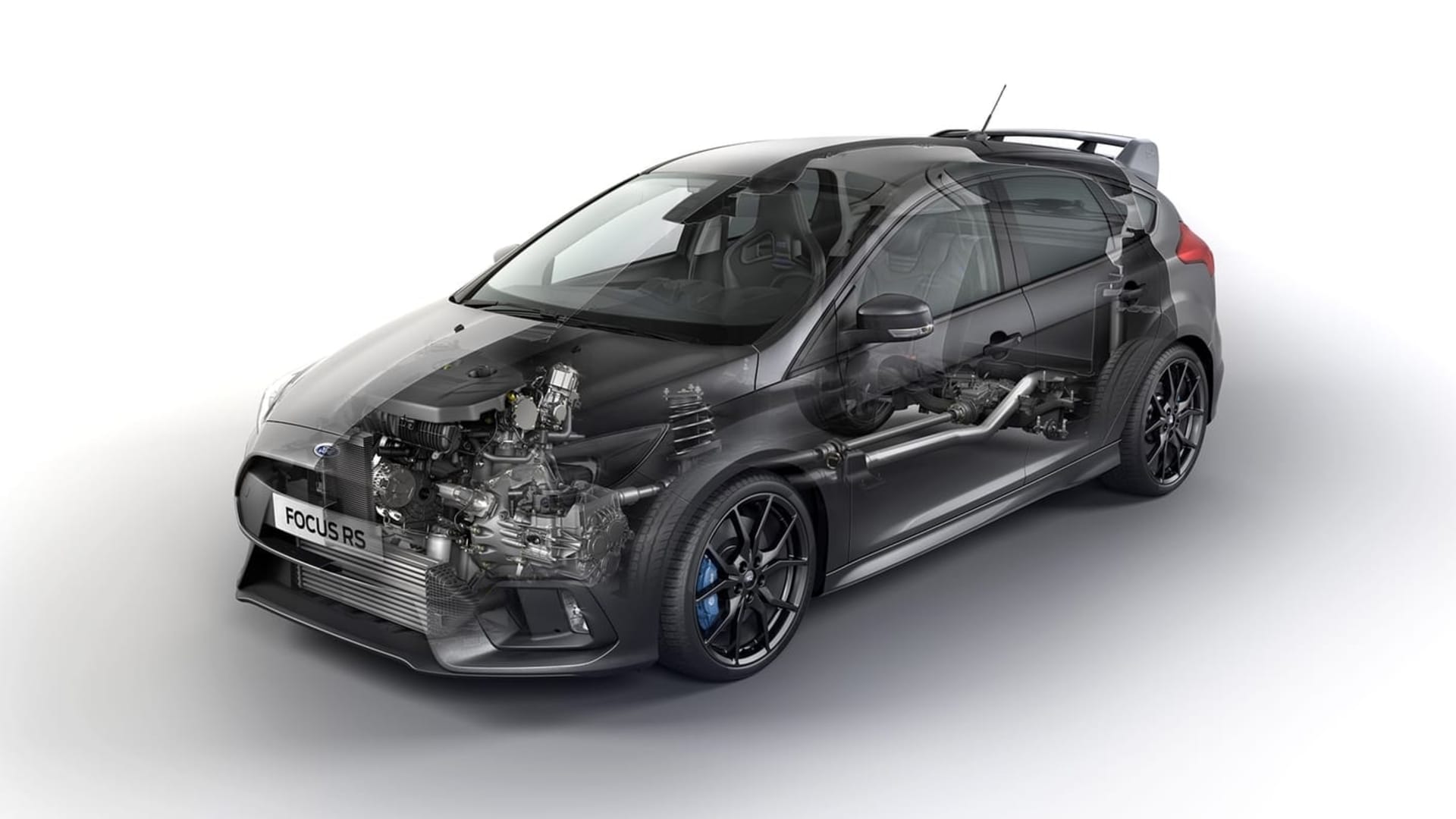
Traditional photography vs product rendering
In terms of the design process, product rendering allows greater flexibility and control over any photographic process.
In traditional photography, the product must be photographed in a real physical environment, which limits flexibility in terms of lighting, location, and ambient settings.
In contrast, 3D product renderings offer complete control over the virtual environment, allowing you to create any desired scene and adjust all aspects of the image, from lighting to product details, easily and quickly.
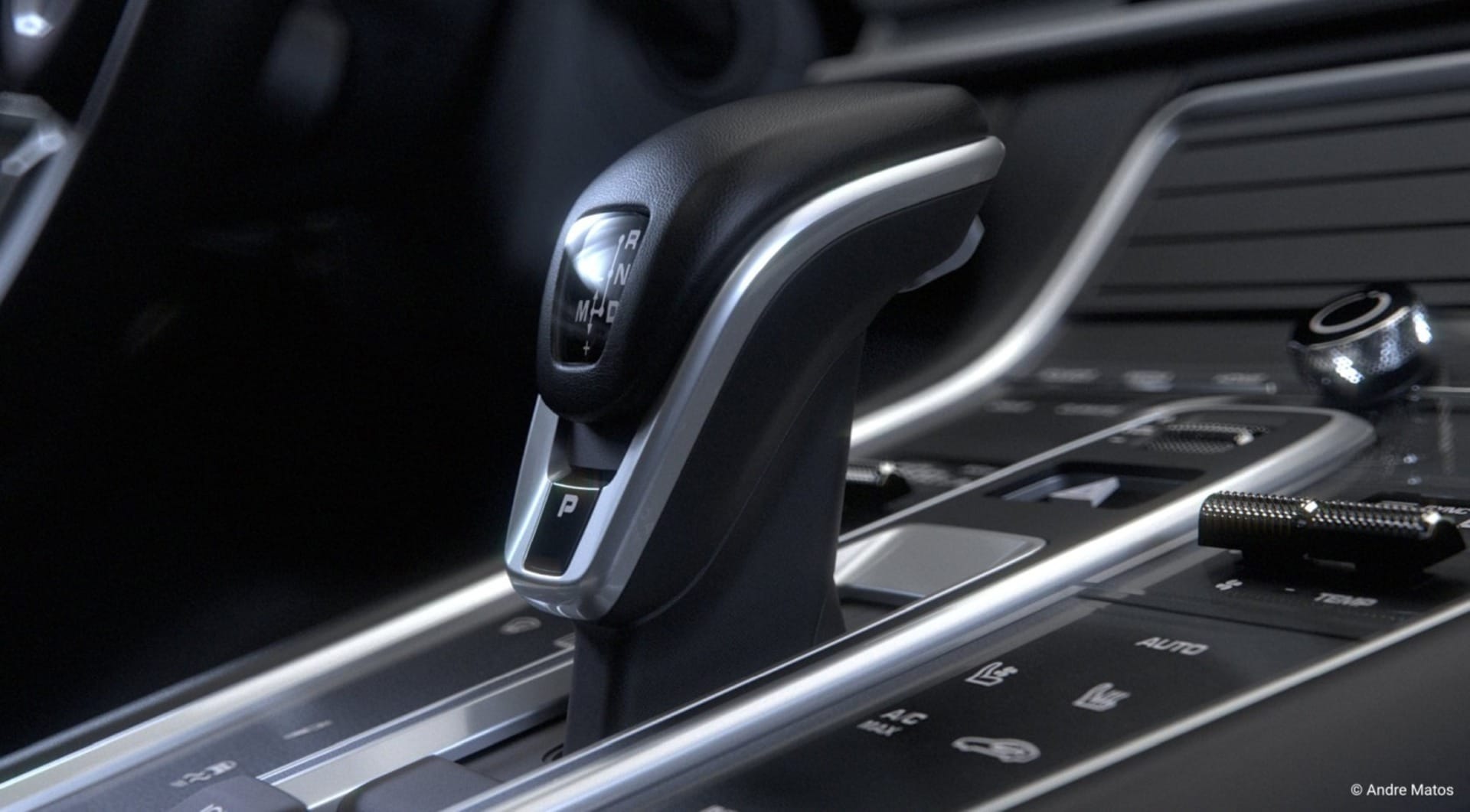
Benefits of product rendering
A 3D product rendering can be placed in any desired virtual environment. This means it can be displayed in a variety of situations, from a clean white background to a complex scenario, helping to contextualize the product and show how it looks in different usage situations.
Let's discover some benefits of 3d product rendering.
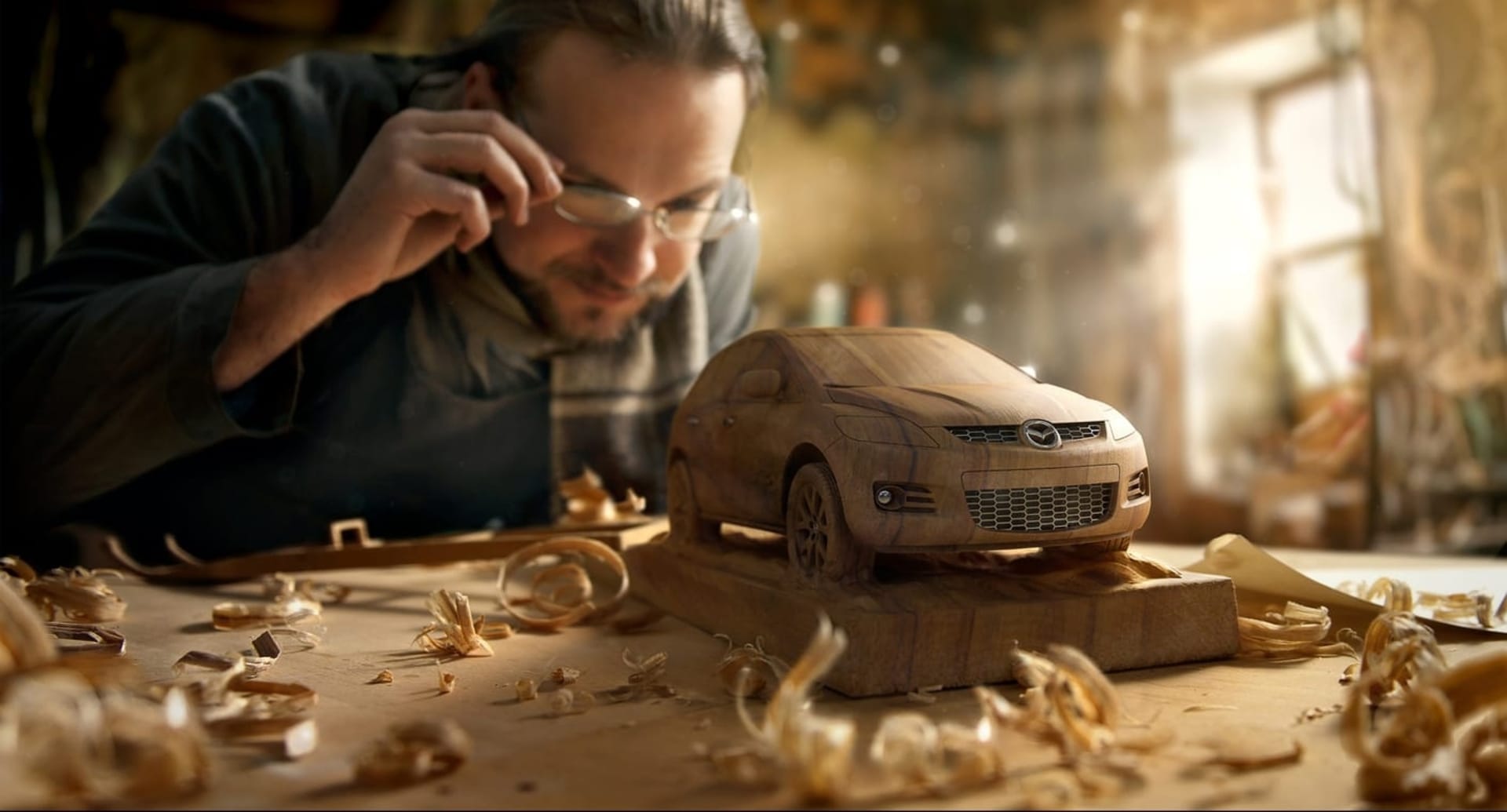
Product design development made easy
From the initial conceptualization stage to market launch, renders provide realistic and flexible representations that facilitate decision-making and rapid iteration, and generate interest in the product, becoming an integral tool in the product development process.
Enhancing product visualization and communication
Renders can be adjusted to achieve an extremely high level of realism, detail, and precision. They allow for complete customization of the product and its environment, which can be difficult or expensive to achieve with traditional photography.
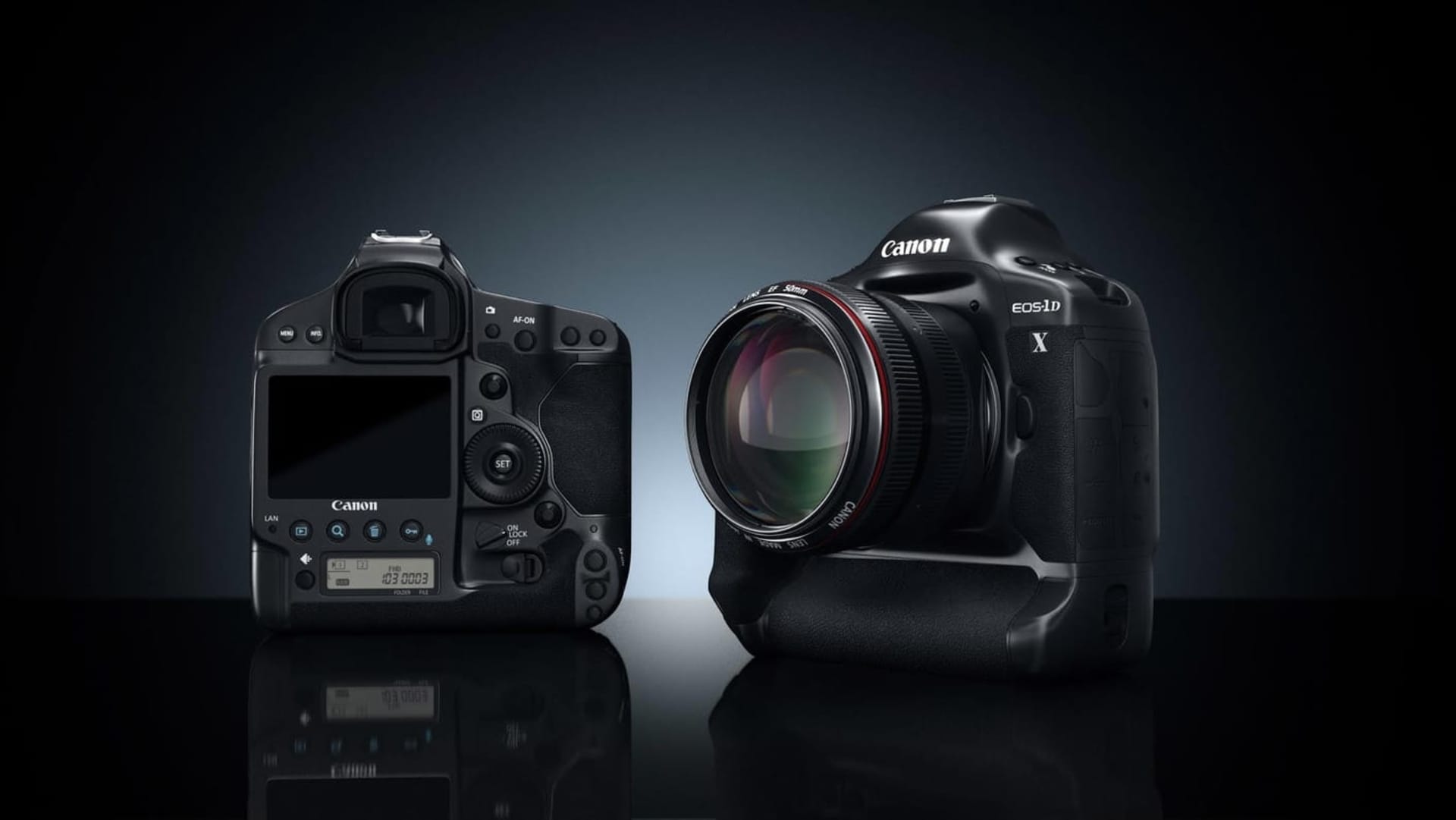
Easy and effective client presentation for informed decisions
Product renders are powerful tools for presenting and communicating design concepts and ideas to customers, investors, and other stakeholders. By displaying the product in a realistic virtual environment, renders can help generate interest, gain feedback, and gain support for the project.
Cost-effectiveness compared to traditional photography
Traditional photography can be expensive and time-consuming, especially if multiple sessions are required to capture different angles, configurations, or product variants.
On the other hand, product rendering can be more economical and time efficient. Renders are fast to produce and easy to adjust since they don't require the production of physical prototypes or the preparation of real scenarios.
Global collaboration and remote work
One of the great advantages of working with digital models is precisely collaboration and remote work. Getting approvals and feedback quickly is essential to all design process.
V-Ray offers collaboration features for work teams, client reviews, and more. Chaos Cloud Collaboration is a unique experience that allows you to create videos, 360 videos, interactive 3D presentations, and more.
Take a look at Ikea’s headquarters article to discover how the Swedish furniture giant has embraced cutting-edge tech to create imagery and videos.
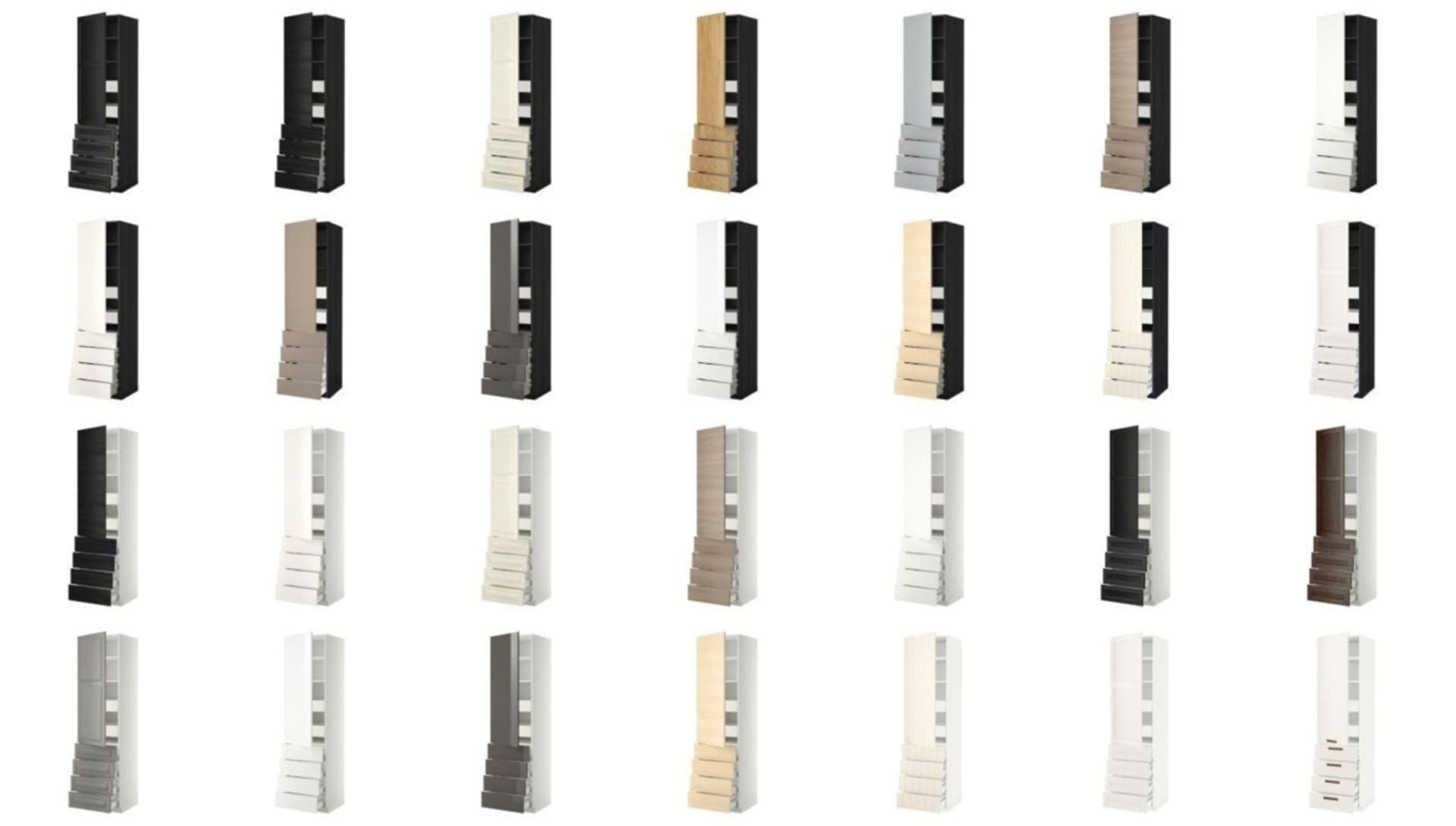
Applications across industries
3D rendering makes it easy to customize the product's appearance to adapt it to different customer preferences or needs. Colors, materials, finishes, and other details can be adjusted according to the client's wishes, making it easy to present multiple options in many design industries.
Product design
Creating photorealistic renderings can showcase design concepts or the final product to clients. It allows designers to experiment with various color schemes and lighting setups before implementation.
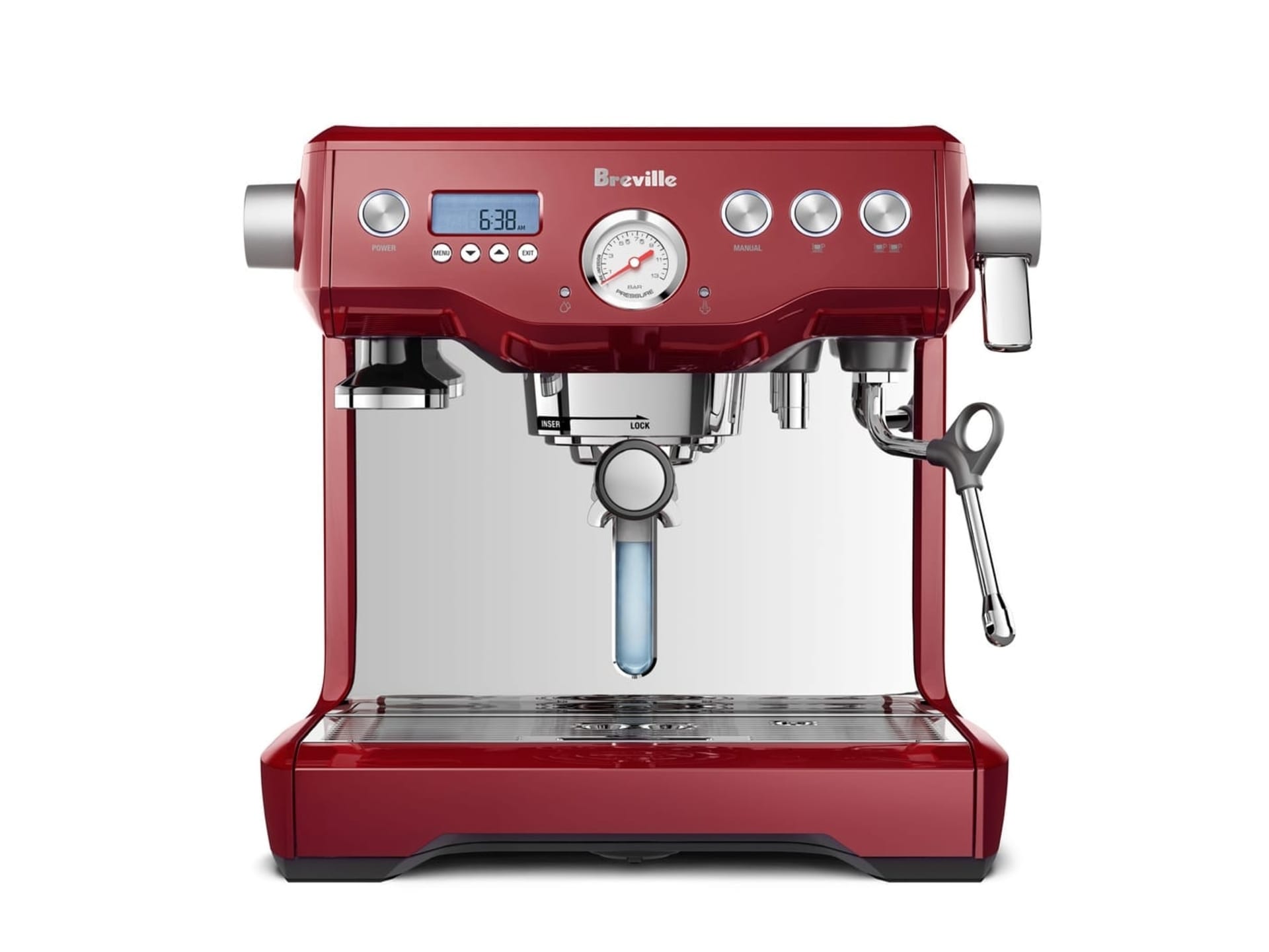
Automotive
Generating lifelike renderings of vehicles facilitates design validation and engineering analysis through virtual prototypes and simulations.
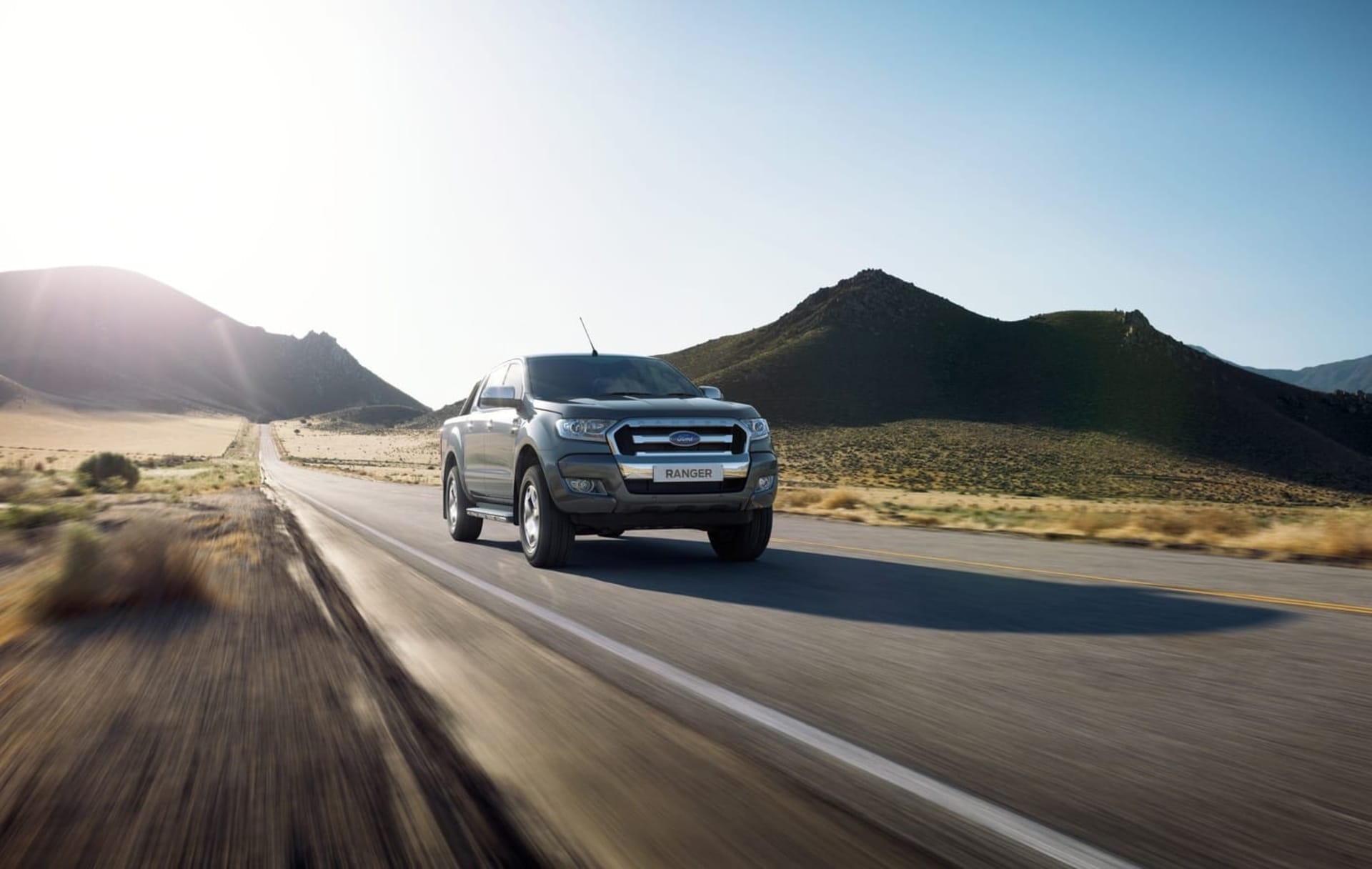
Advertising
Rendering for advertising produces captivating visuals of products to grab consumer attention and drive sales. This can enhance brand identity and credibility by presenting products in a visually appealing and professional manner.
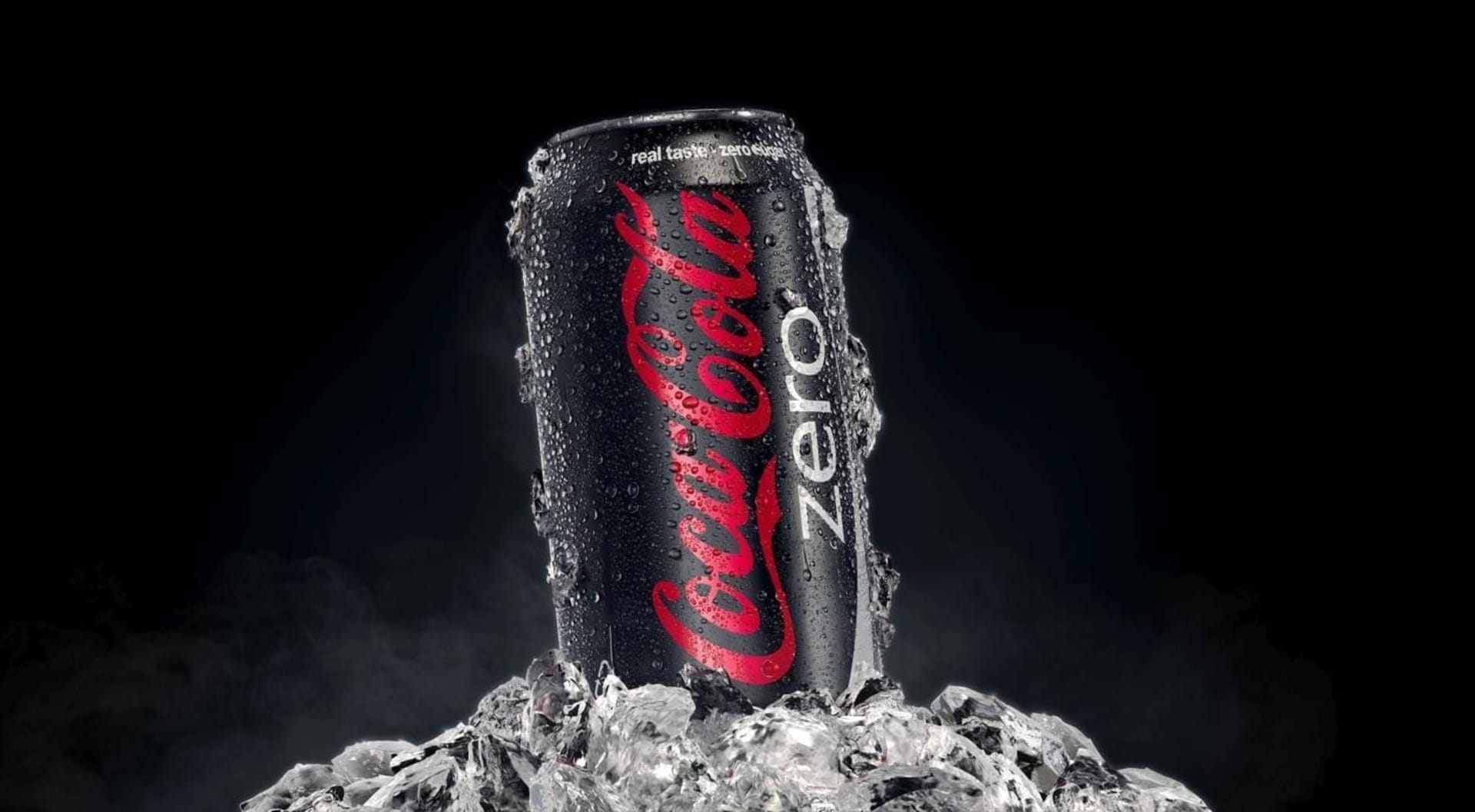
As marketing materials
Marketing campaigns make use of digital models and visual effects to create stunning animations.
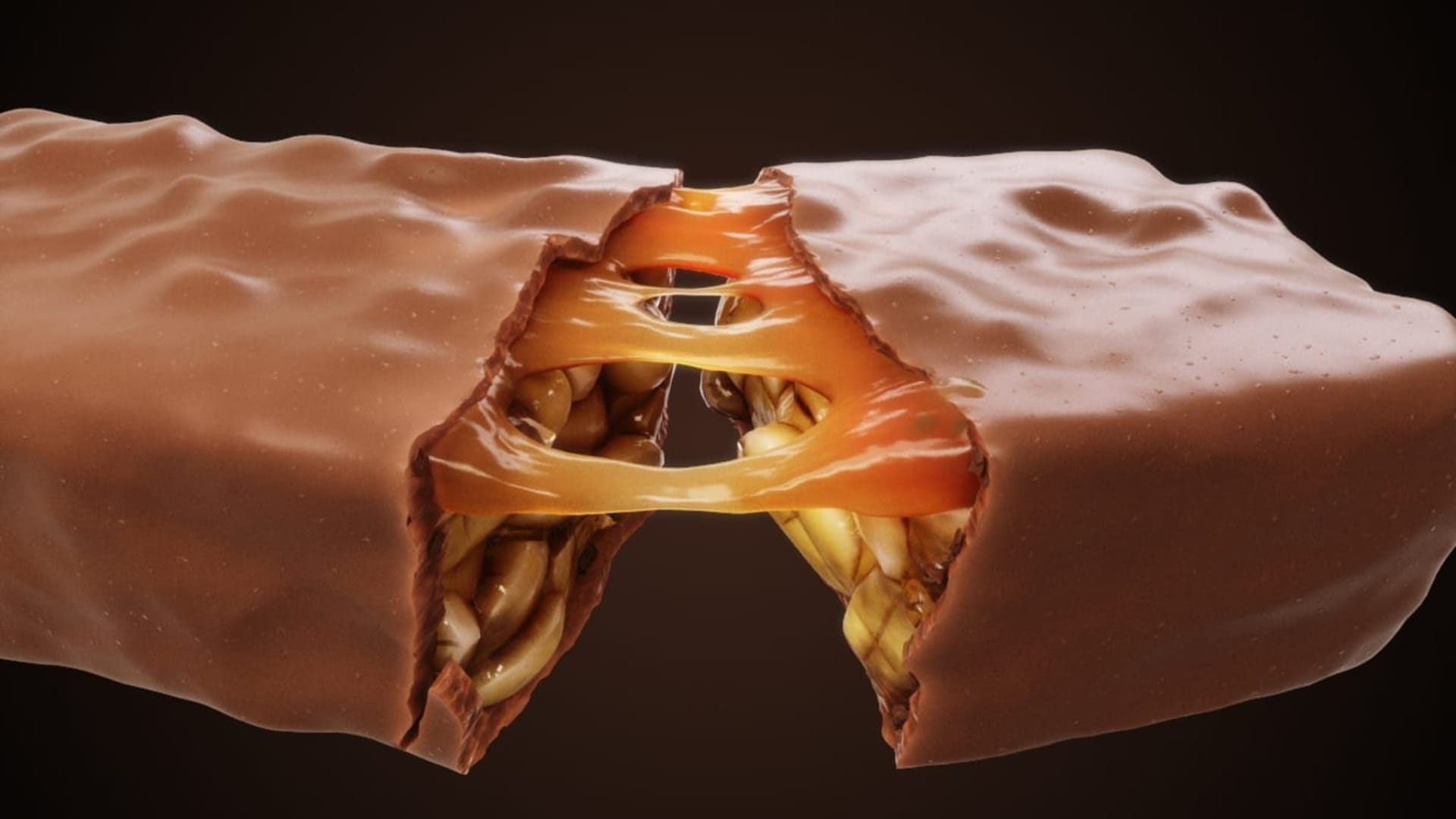
Fashion industry
High-quality renders can showcase clothing and accessories for online catalogs and e-commerce platforms. They allow designers to visualize and refine garment designs, material textures, and patterns before production.
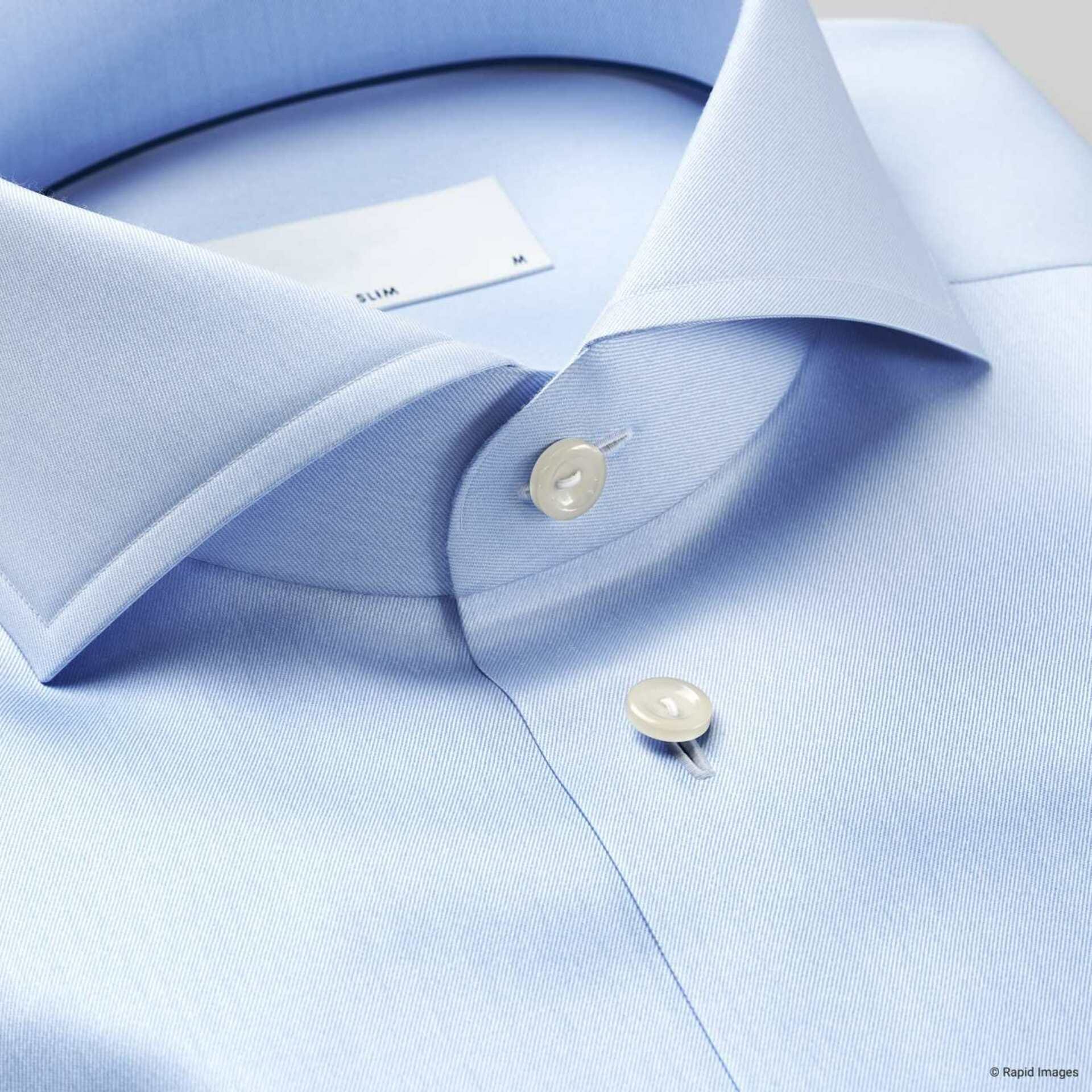
Main steps in the product rendering process
The process of designing a product can be complex and extensive, with many differences between industries. However, creating the photorealistic imagery that communicates an idea is similar in all fields.
Product designers are typically professional users of specialized computer software. The process involves at least two factors: accurate and flexible 3D modeling software and professional rendering software with ray-tracing technology.
Computer software
Choosing the right tool can be a great challenge for designers and it's important to choose carefully based on the software's capabilities. Here are some aspects that, in my personal experience, will help you define your workflow.
Modeling software. Consider a 3D suite that allows you to model parametrically. We often receive production plans, and we must keep each piece's dimensions correct. Also, this suite must allow you to use organic shapes such as fabrics or undefined surfaces, and last but not least, a proper UV mapping tool.
Rendering software. V-Ray is the best rendering engine for product design & e-commerce. Its ray-tracing technology allows you to physically simulate the light and the materials as in real life, which are necessary factors to achieve the highest realism. In addition, V-Ray offers powerful post-production tools to finish your 3D product renders.
Preparation and planning
To get started with a product rendering project, it's a good idea to:
- Develop a detailed plan outlining the work scope, including specific tasks and milestones.
- Gather reference materials, sketches, and existing assets to inform the rendering process.
Modeling
The first stage is to create the 3D models of the product using specialized modeling software. Depending on the shapes and the precision of the design, you may need to combine several modeling tools or software. In this case, Rhinoceros 3D is perfect.
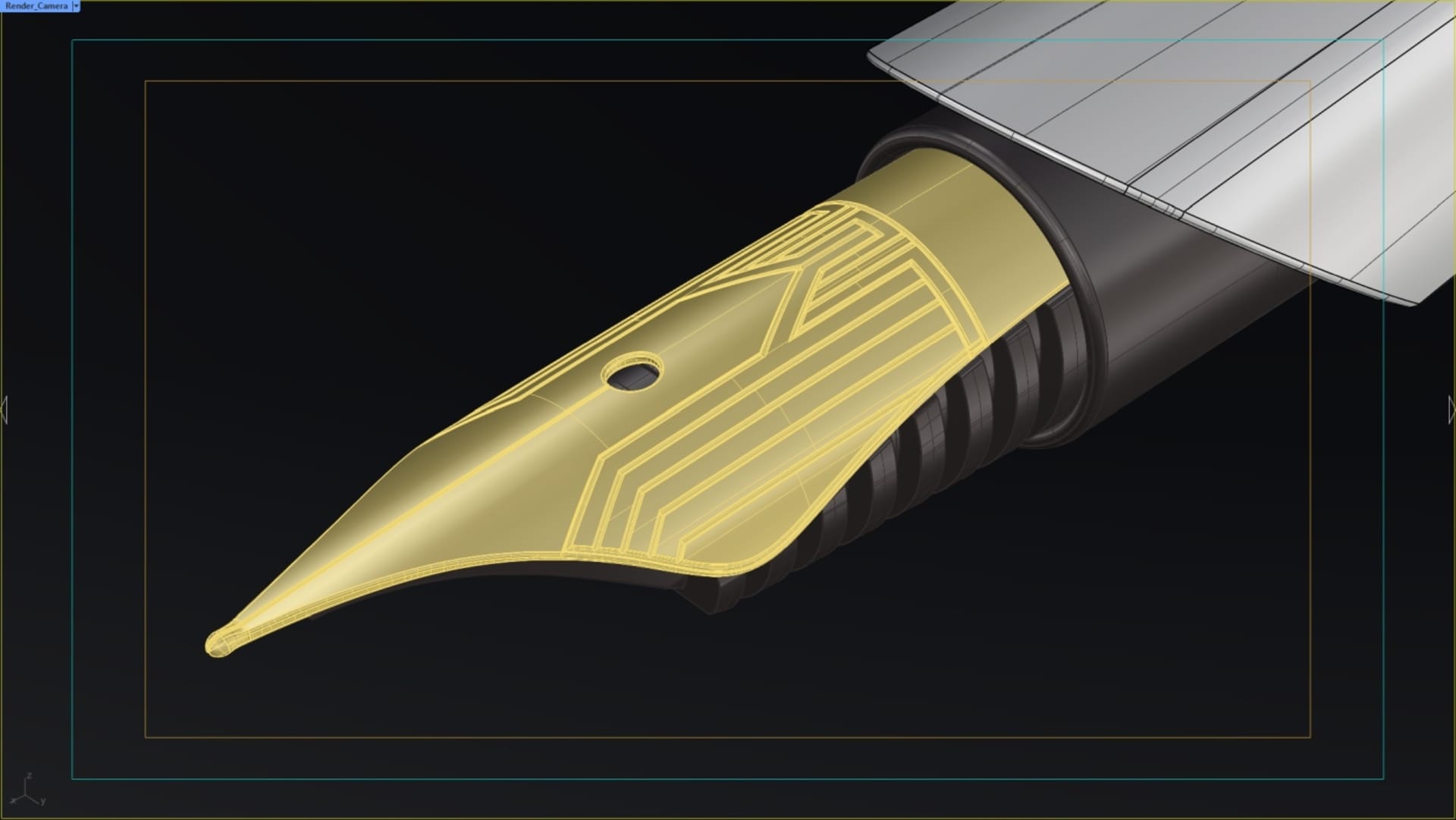
Ensure accuracy and attention to detail in the modeling process to capture the physical attributes of the product and design elements.
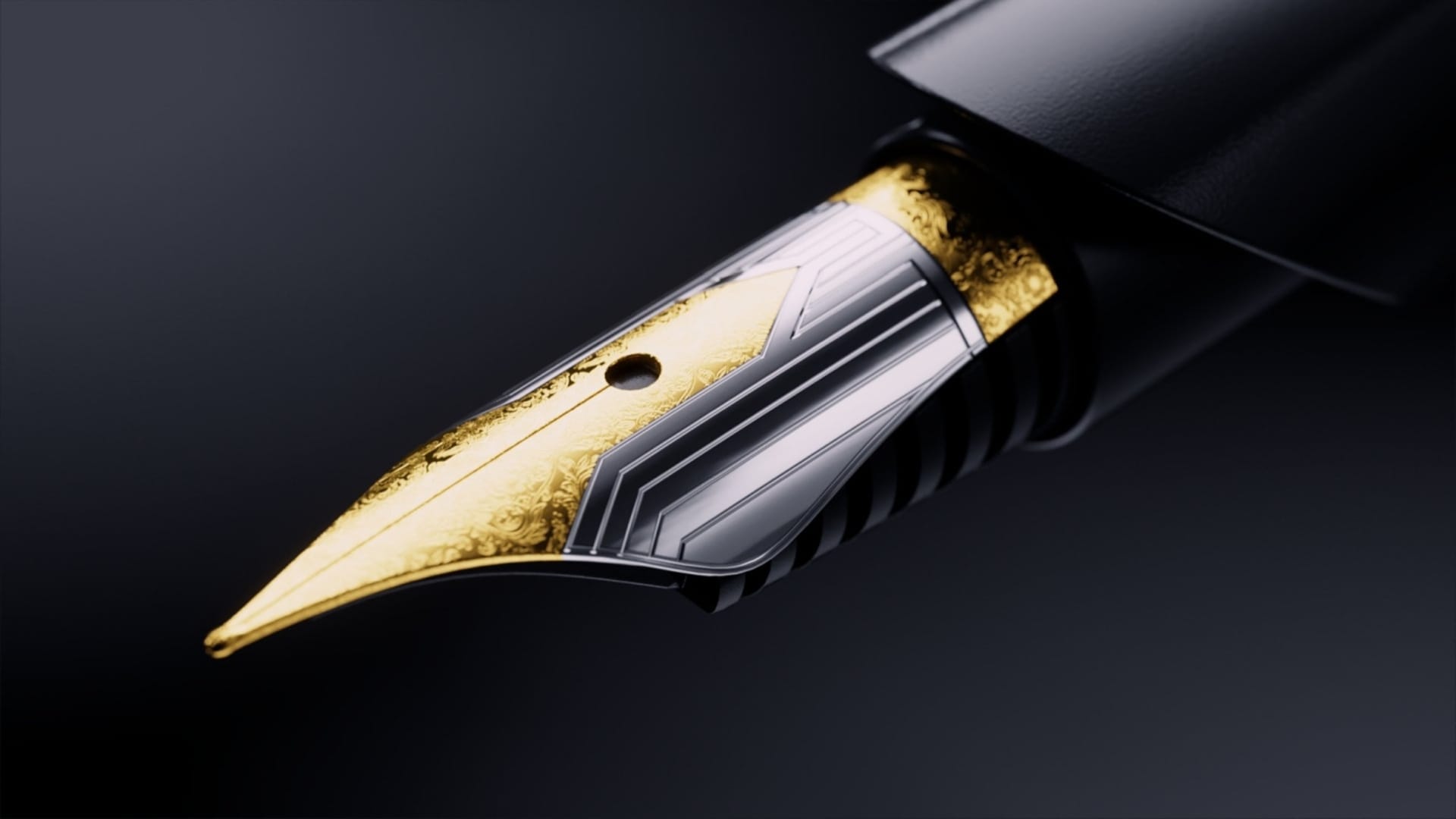
Refine the geometry object, proportions, and model topology to achieve a high level of realism. Consider using ray-traced textures like displacement or normal maps instead of modeling to speed up the process.
Texturing and materials
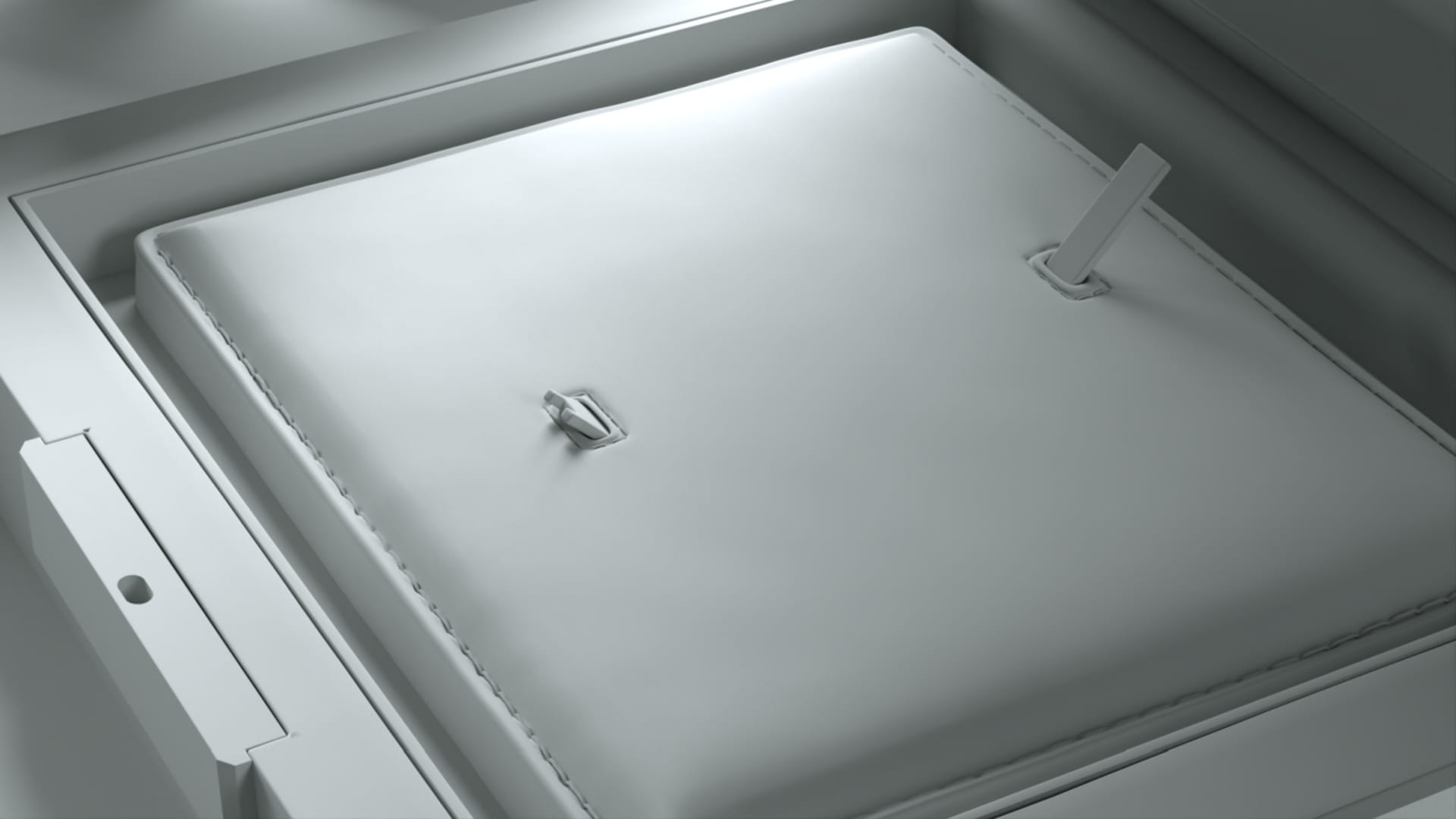
In this phase, you can save time with the Chaos Scans library. These are ready-to-use scanned materials. For this project, I used three different assets: leather, plastic, and metal.
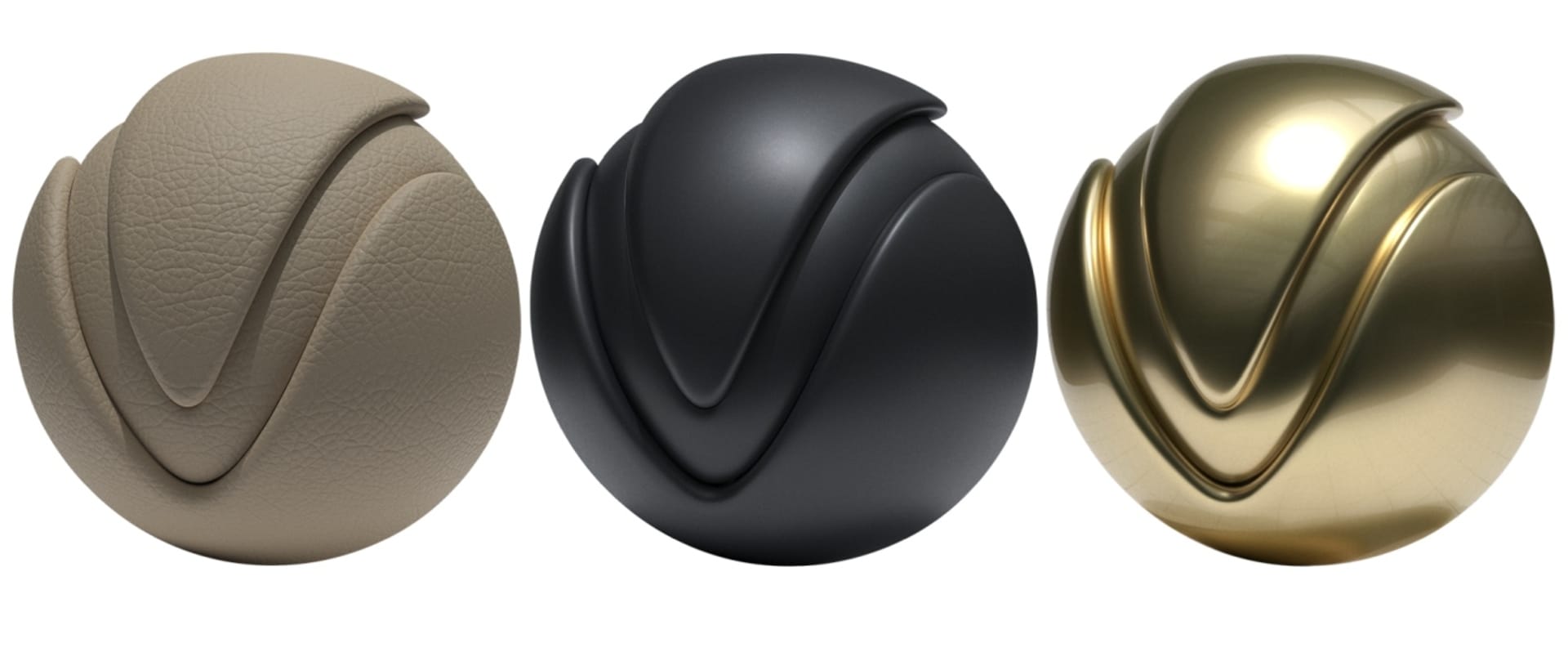
Apply combined textures and materials to your 3D models to simulate surface properties such as color, reflectivity, and roughness.
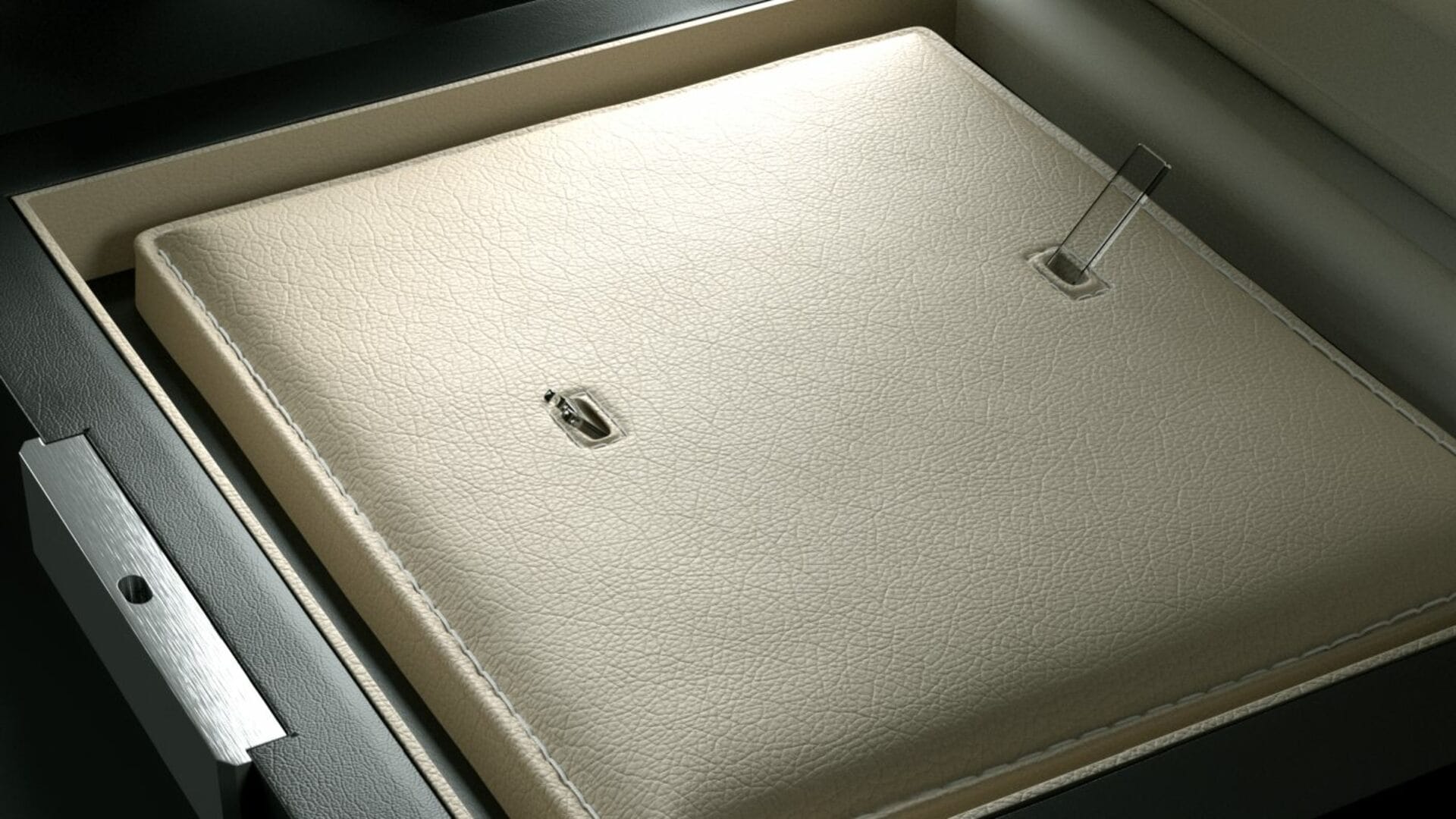
Lighting setup
Set up virtual lighting environments with direct and ambient lights to create realistic lighting conditions, illuminate the scene, and highlight the key product's features.
The three-point lighting technique is always recommended for lighting, as similar as a photography studio. Do not hesitate to add additional lights, as many as needed to finish the lighting conditions, every single project may need a different setup.
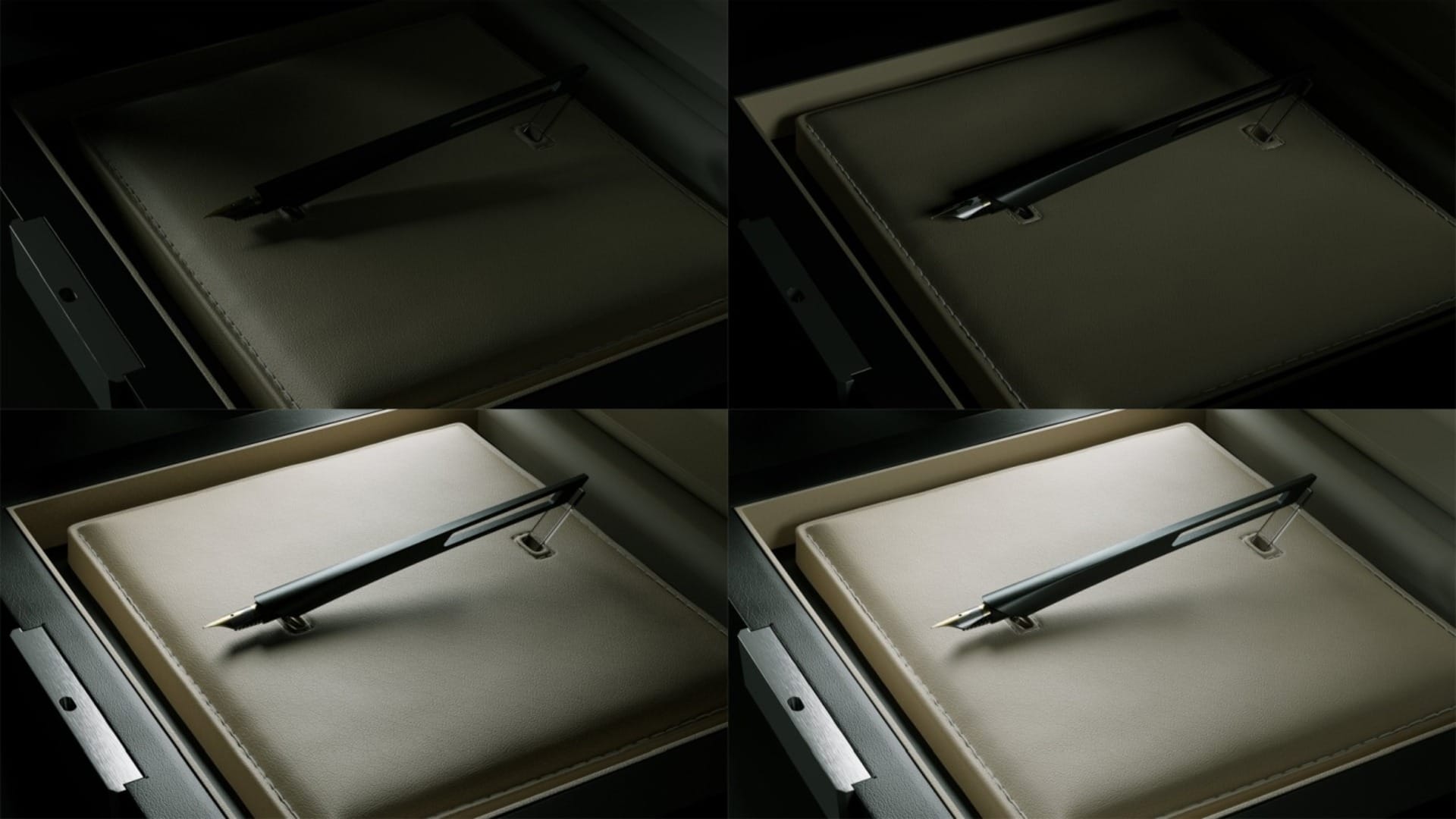
Adjust light intensity, color, and directionality to achieve the desired mood and atmosphere.
Take a look at 11 tips for lighting renderings to boost photorealism and learn in more detail about lighting techniques.
Proper camera setup
To ensure optimal camera positioning and lighting conditions, it's a good idea to experiment with different camera views until you find the best one to capture product details accurately.
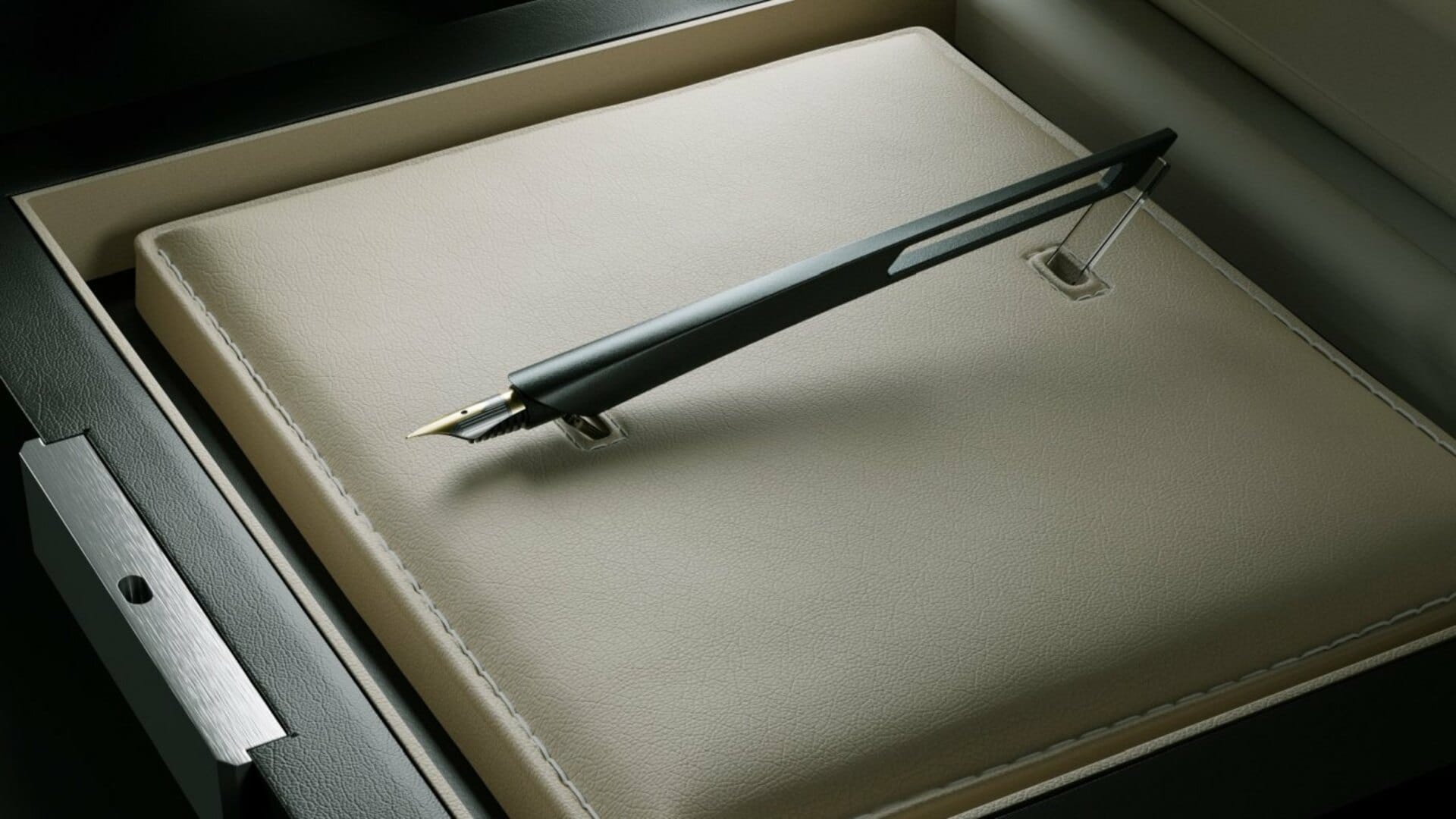
Adjust camera settings such as aperture, shutter speed, and ISO to achieve the desired depth of field and image clarity. In some cases, like automotive in movement, motion blur is needed to add realism to product images.
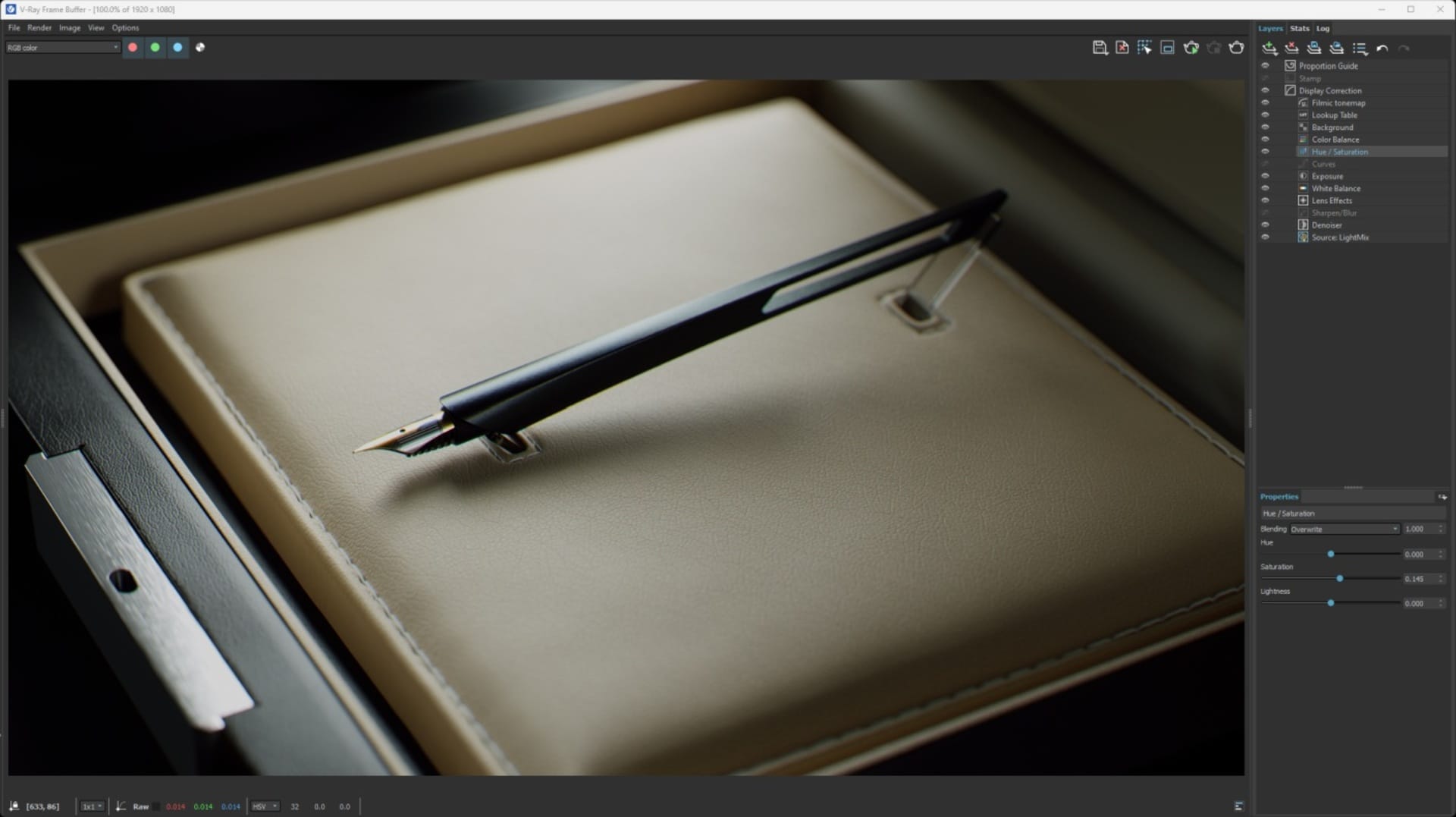
Review and revision
Before continuing the process and before rendering high-resolution images, it is a good idea to revise the rendered outputs with the client to gather feedback and identify areas for improvement.
Setup for final rendering
In product rendering, it is important to have a cleanly rendered image that shows every particular detail. Make sure to use a high-quality render preset in V-Ray for Rhino. Additionally, select some important render elements for post-production, such as LightMix, the Back to Beauty preset, and Cryptomatte, for accurate masking.
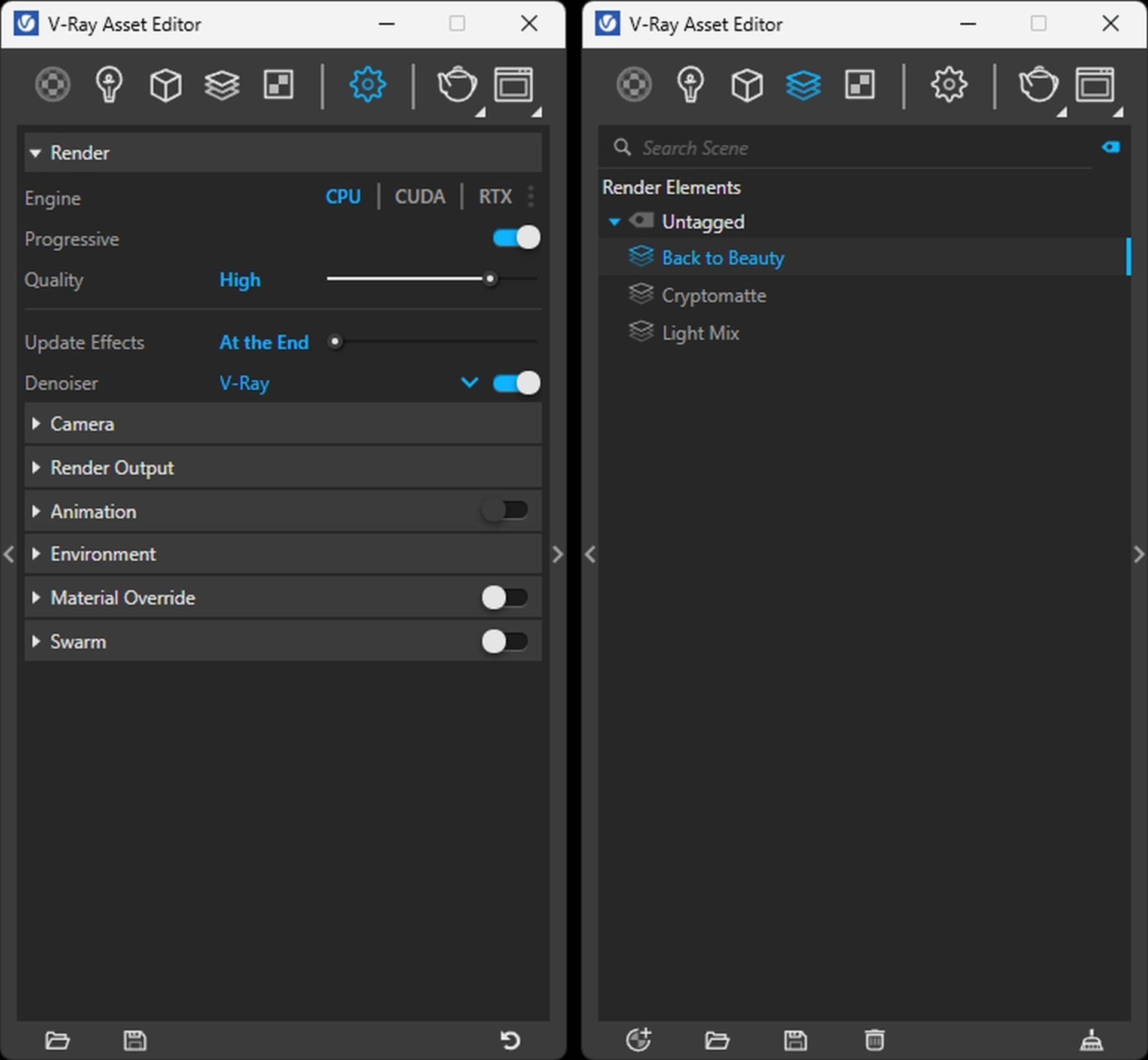
Cloud Rendering
Do you want to get a photorealistic image or several images in a short time? If you are working on a complex 3D product rendering project that needs to highlight key features or has many camera angles, or specific needs, then you can try Cloud Rendering.
Cloud Rendering is a one-click solution, handling everything for you automatically and turning your computer into a supercomputer. Click on the Cloud Rendering icon and hit submit. That's it.
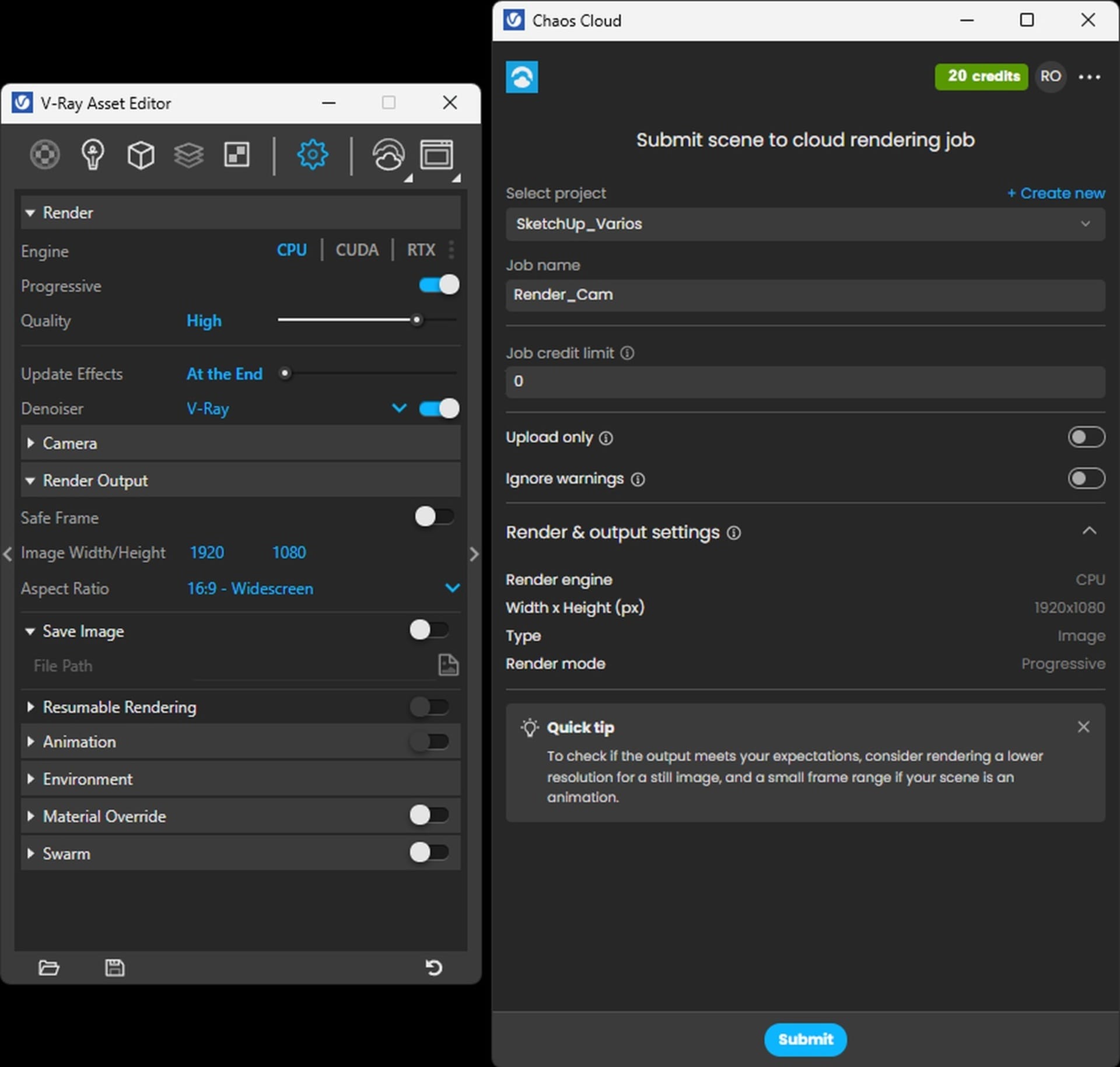
Take a look at our Chaos Cloud Showreel and enjoy some of the awesome projects rendered on the Cloud or get 20 credits and try Chaos Cloud for 30 days for free.
Post-processing and compositing
Post-production tasks include color correction, contrast adjustment, and image enhancement. Use a photographic reference to compare the final image. Experiment different adjustments until find what you wish.

Add post effects, such as bloom and chromatic aberration, to increase details in the final image. Keep in mind that the values may be different depending on the camera angle.

The project is complete. Happy renderings!


